The Current State of Auto Insurance Rates in 2025
Drivers across the United States have faced significant increases in their car insurance premiums over the past couple of years. After experiencing substantial jumps averaging 16.5% in 2024 and 12% in 2023, many have been bracing for continued sharp rises. However, as we navigate 2025, there’s a glimmer of potential relief on the horizon. While rates are still projected to increase for the seventh consecutive year, the anticipated average hike is expected to be less steep than in the immediate past. Understanding 2025 auto insurance rate changes is crucial for managing household budgets and making informed decisions about coverage.
Projections suggest that auto insurers will raise premiums by an average of 7.5% in 2025. While this is a welcome slowdown compared to the double-digit increases of the preceding years, it still means that the cost of insuring a vehicle will continue its upward trend. The average annual cost for full coverage car insurance is set to cross the $2,000 threshold, reaching an estimated $2,101 per year nationwide. This persistent rise, even if at a slower pace, means that car insurance remains a significant financial consideration for most American households.
The landscape of auto insurance pricing is complex, influenced by a myriad of factors both external and specific to individual drivers and their vehicles. While the overall national average provides a benchmark, the actual rate increase a driver experiences can vary widely depending on where they live, their driving history, the type of car they insure, and even their credit history in many states. This variability underscores the importance of staying informed about the specific dynamics driving premium changes and actively seeking ways to mitigate these costs.
For consumers, being aware of these trends is the first step toward potentially offsetting the impact of rising rates. The moderation in the average increase for 2025, though still an increase, offers an opportunity for drivers to re-evaluate their policies and look for savings. Later sections of this article will delve deeper into why these changes are occurring and what practical steps drivers can take to potentially lower their insurance bills in the coming year.
Understanding 2025 Auto Insurance Rate Changes Why Are Premiums Still Rising
Even with the projected slowdown in the rate of increase for 2025, the fact remains that auto insurance premiums are still trending upward. Several underlying factors contribute to this sustained pressure on rates, making a thorough understanding of them essential for anyone trying to budget for their vehicle expenses and grasp understanding 2025 auto insurance rate changes.
One of the primary drivers of rising insurance costs is the increasing expense associated with vehicle repairs. Modern cars are equipped with complex technology, from advanced driver-assistance systems to sophisticated infotainment centers. While these features enhance safety and convenience, they are often costly to repair or replace after an accident. Even minor collisions can trigger the need for expensive sensor recalibrations or panel replacements that are far pricier than repairs on older, less technologically advanced vehicles.
Supply chain issues, while perhaps not as severe as in peak years, continue to affect the availability and cost of car parts. Delays in obtaining necessary components can extend repair times, leading to higher costs for rental cars paid out by insurers. Furthermore, when parts are available, their cost may be inflated due to manufacturing and transportation expenses. A significant portion of replacement car parts are imported, making them susceptible to international trade policies and tariffs, which could further impact costs if trade dynamics shift.
Beyond repair costs, the frequency and severity of claims also play a critical role. While the overall trend can fluctuate, factors like increased driving following the pandemic, more distracted driving incidents, and adverse weather events can all contribute to a higher volume and cost of claims for insurers. When insurers pay out more in claims than they collect in premiums, they must raise rates to maintain solvency and profitability.
Inflation in the broader economy also impacts insurance costs. The cost of labor for mechanics, the cost of medical care for injuries sustained in accidents, and the administrative costs for insurance companies themselves are all subject to inflationary pressures. These increased operating costs are often passed on to consumers through higher premiums.
Finally, specific to the insurance industry, regulatory environments in different states can influence how quickly and by how much insurers are allowed to raise rates. Some states have stricter regulations and require longer approval processes for rate changes, which can sometimes create a lag between when insurers incur higher costs and when they can adjust premiums accordingly.
Collectively, these factors create a challenging environment for auto insurers, necessitating rate increases despite efforts to control costs. For drivers, this means preparing for continued expenses and focusing on strategies to minimize their personal contribution to these rising averages.
Navigating State-Specific Increases and Highest Average Costs
While the national average increase of 7.5% for 2025 provides a general picture, the reality is that auto insurance rates vary significantly from state to state. This means that understanding 2025 auto insurance rate changes requires looking beyond the national trend to see how your specific location is impacted.
Some states are projected to see increases well above the national average. For example, drivers in New Jersey, Washington, and California are expected to face premium hikes exceeding 15% in 2025. These significant increases can stem from a variety of factors unique to each state, including local traffic congestion, accident rates, legal environments surrounding insurance claims, weather patterns, and state-specific regulations regarding minimum coverage requirements and rate approvals.
Furthermore, some states consistently rank as the most expensive places in the country for auto insurance, regardless of the year’s rate increases. In 2025, Nevada and Florida are projected to surpass Michigan as the states with the highest average cost for full coverage car insurance. The estimated average annual costs in these states are staggering:
- Nevada: $3,216 per year
- Florida: $3,264 per year
- Michigan: $3,156 per year
These figures are significantly higher than the national average and highlight the impact of geographic location on insurance expenses. Factors contributing to high rates in these states might include high population density leading to more traffic incidents, the prevalence of uninsured drivers (which can drive up costs for everyone), or a higher incidence of vehicle theft or vandalism.
Conversely, some states will likely see more modest increases, or even potentially stable rates, depending on their specific market conditions and regulatory landscapes. The divergence in state-by-state increases means that drivers in some areas will feel the financial pinch much more acutely than those in others.
Understanding the trends in your specific state is crucial. Insurance companies base rates, in part, on the claims data and risk profiles associated with particular geographic areas. If your state is experiencing a surge in costly claims due to severe weather or increased traffic accidents, these costs will likely be reflected in your premium.
For drivers in states with projected high increases or already high average costs, this emphasizes the need to be proactive. Shopping around for insurance quotes becomes even more critical, as different insurers may weigh state-specific factors differently. Additionally, exploring discounts and adjusting coverage strategically can help mitigate the impact of these localized premium hikes. Being informed about the typical costs and trends in your area is the first step towards finding ways to save money on your auto policy.
How Personal Factors Impact Your 2025 Car Insurance Rate
While market trends and state-level conditions heavily influence the base cost of auto insurance, your individual premium is ultimately determined by a variety of personal factors. Understanding how these elements affect your rate is key to grasping understanding 2025 auto insurance rate changes on a personal level and identifying potential areas for savings. Even if the overall market is seeing an increase, managing these personal factors can help keep your costs lower than they otherwise might be.
Your driving record is perhaps the most significant personal factor. A history of traffic violations, such as speeding tickets or reckless driving citations, or accidents for which you were deemed at fault, will almost certainly lead to higher premiums. Insurers view drivers with a history of incidents as higher risk. In 2025, drivers with traffic violations could see their premiums jump by an average of 53%, with some states imposing much steeper penalties. For instance, drivers in North Carolina with violations may face increases of 146%. Maintaining a clean driving record is one of the most effective ways to control your insurance costs over time.
Your location within a state also matters. Premiums can vary significantly even within the same state based on factors like population density, traffic volume, crime rates (particularly vehicle theft and vandalism), and the frequency of accidents in your specific ZIP code. The garaging address – where your car is parked most of the time – is a critical piece of information insurers use to assess risk.
The type of vehicle you drive is another major determinant. The make, model, year, and body style of your car all influence your premium. Factors considered include the vehicle’s value, the cost of repairs (as discussed earlier), its safety ratings, and the likelihood of it being stolen. Generally, more expensive cars, those with higher repair costs, or vehicles that are frequently stolen tend to be more expensive to insure.
The coverage levels and deductibles you choose directly impact your premium. Opting for higher liability coverage limits provides more financial protection in the event of an accident but will cost more than minimum coverage. Adding collision and comprehensive coverage also increases your premium but protects against damage to your own vehicle. Choosing a higher deductible on collision and comprehensive coverage can lower your premium, but it means you’ll pay more out-of-pocket if you need to file a claim.
Your credit history is used by insurers in most states to help determine your rate. Statistics show a correlation between credit score and the likelihood of filing claims. Americans with poor credit scores tend to pay significantly more for car insurance, potentially as much as 88% more than those with good credit. Improving your credit score can be a valuable long-term strategy for reducing insurance costs.
Other factors that can influence your rate include your age (younger, less experienced drivers typically pay more), marital status (married individuals often pay less), and even how much you drive (lower annual mileage can sometimes qualify you for discounts).
Understanding the interplay of these personal factors with the broader market trends helps you see why your specific premium might differ from the reported averages and empowers you to take targeted steps to manage your insurance expenses.
Electric Vehicle Insurance Costs in 2025
As electric vehicles (EVs) become more mainstream, their impact on the auto insurance market is a growing area of interest. For drivers considering making the switch to electric, understanding 2025 auto insurance rate changes for EVs is a key part of the total cost of ownership. The trend for 2025 shows some positive movement for EV owners, with insurance becoming slightly cheaper compared to previous years, but still carrying a premium over traditional gasoline-powered vehicles.
In 2025, insuring a new electric vehicle is still expected to be, on average, 23% higher than insuring a comparable new gasoline-powered car. This cost difference is attributed to several factors. EVs often have higher sticker prices than their internal combustion engine (ICE) counterparts, which translates to higher potential payouts for total loss claims. Furthermore, the specialized components within EVs, such as the battery pack and advanced electronic systems, can be expensive to repair or replace following a collision. Technicians qualified to work on EVs may also charge higher labor rates, adding to repair costs.
However, the gap in insurance costs between EVs and gasoline cars appears to be narrowing slightly. This trend could be influenced by several factors: increasing familiarity among repair shops with EV technology, potential improvements in battery durability, and possibly insurers gathering more data on EV accident rates, which may prove less risky than initially modeled.
An interesting distinction within the EV market in 2025 is the difference in insurance costs between vehicles made by legacy automakers (traditional car companies now producing EVs) and those produced by EV-only companies. Data suggests that insurance premiums for electric cars made by legacy manufacturers like Ford and Volkswagen are approximately 25% less expensive than premiums for cars manufactured by companies solely focused on EVs. This could be due to several reasons, including:
- Parts Availability: Legacy automakers may have more established supply chains and wider networks for sourcing and distributing replacement parts, potentially lowering repair costs.
- Repair Network: Dealerships and repair shops are often more familiar with working on vehicles from established brands, even their newer EV models, potentially leading to lower labor costs and quicker repairs.
- Vehicle Design: Differences in vehicle construction, materials used, and the placement of expensive components like battery packs could influence repairability and therefore insurance costs.
- Claim Data: Insurers may have more historical data on the safety and claims frequency of vehicles from established manufacturers, leading to more favorable risk assessments for their EV models.
Some specific EV models are projected to be particularly expensive to insure in 2025. Vehicles known for their high purchase price, complex technology, or limited repair networks, such as Rivian’s R1V or Tesla’s Cybertruck, are expected to be among the costliest EVs to cover. This reinforces the idea that the individual characteristics of the vehicle, not just its powertrain type, play a significant role in setting premiums.
For consumers interested in EVs, it’s essential to get specific insurance quotes for the models they are considering. While the environmental and performance benefits of EVs are attractive, factoring in the potentially higher insurance costs is a necessary part of evaluating the overall expense of ownership.
Practical Tips to Save Money on Auto Insurance This Year
Given the persistent trend of rising auto insurance rates, even with a slowdown in 2025, finding ways to save money is a top priority for many drivers. While you can’t control market forces or state regulations, there are several practical steps you can take to potentially lower your premiums and get a better handle on understanding 2025 auto insurance rate changes.
1. Compare Insurance Quotes Regularly: This is arguably the most impactful strategy. Insurance companies calculate premiums using proprietary formulas, and their rates for the same coverage can vary significantly. What one insurer considers a high risk might be viewed differently by another. With some companies projected to have larger rate increases than others in 2025, comparing quotes is more important than ever. Aim to get quotes from at least five different insurers, and even more if you have factors like a recent ticket or claim that might make your rate comparison more complex. Shopping around could potentially save you hundreds or even thousands of dollars per year.
2. Research and Utilize Discounts: Insurance companies offer a wide array of discounts, and taking advantage of them can noticeably reduce your premium. Don’t assume your insurer is automatically applying every discount you qualify for. Ask your agent about available discounts and review your policy to ensure you’re receiving them. Common discounts include:
- Bundling Policies: Combining your auto insurance with other policies, such as homeowners or renters insurance, is a common way to save. Bundling home and auto policies can reduce prices by an average of 18%.
- Multi-Vehicle Discount: Insuring multiple cars on the same policy often results in a discount, sometimes up to 25%.
- Good Driver/Accident-Free Discount: Maintaining a clean driving record without accidents or violations for a certain period (often 3-5 years) can earn you a discount.
- Defensive Driving Course Discount: Completing an approved defensive driving course can sometimes lead to a small premium reduction (typically 10-15%).
- Low Mileage Discount: If you don’t drive very much, you might qualify for a low mileage discount (sometimes around 20%).
- Good Student Discount: Young drivers with good academic records may be eligible for discounts.
- Vehicle Safety Features: Cars equipped with anti-lock brakes, airbags, anti-theft systems, or other safety features can sometimes earn discounts.
- Telematics Programs: Many insurers offer programs that track your driving habits (mileage, speed, braking) via a mobile app or device. Safe drivers can earn discounts based on their monitored behavior.
Regularly review available discounts with your agent to ensure you’re getting all that you deserve.
3. Adjust Your Coverage Levels and Deductibles: While it’s crucial to have adequate coverage to protect yourself financially, you might be able to find savings by adjusting your policy. Increasing your deductibles for collision and comprehensive coverage will lower your monthly premium. Just be sure you can comfortably afford to pay the higher deductible if you need to file a claim. Reviewing your coverage is an important step in understanding 2025 auto insurance rate changes as they apply to you personally.
Consider whether you still need collision and comprehensive coverage on older vehicles. If the cost of the coverage over time outweighs the car’s market value, it might make financial sense to drop these coverages and rely solely on liability coverage. However, this should be carefully considered, as liability-only coverage is significantly cheaper (potentially 153% less than full coverage) but offers no protection for damage to your own vehicle and is considered a risky option for many drivers.
You might also consider removing optional coverages you don’t need, such as roadside assistance (if you have a separate membership like AAA) or rental car reimbursement (if you have access to another vehicle). A review of 5 important auto coverages to consider can help you evaluate your needs.
4. Improve Your Credit Score: As mentioned earlier, credit history significantly impacts insurance rates in most states. Improving your credit score can lead to substantial savings over time. Focus on paying bills on time, reducing outstanding debt, and avoiding opening too many new credit accounts. As your credit score improves, inform your insurance agent and ask for a re-evaluation of your premium.
5. Maintain a Good Driving Record: Avoiding traffic violations and at-fault accidents is paramount to keeping your insurance costs down. Practice defensive driving, obey traffic laws, and avoid distractions behind the wheel. A clean record demonstrates to insurers that you are a lower risk to insure.
By actively employing these strategies, drivers can take steps to counteract the rising cost of auto insurance in 2025 and ensure they are getting the best possible rate for their coverage needs.
Have questions? Contact us here.





